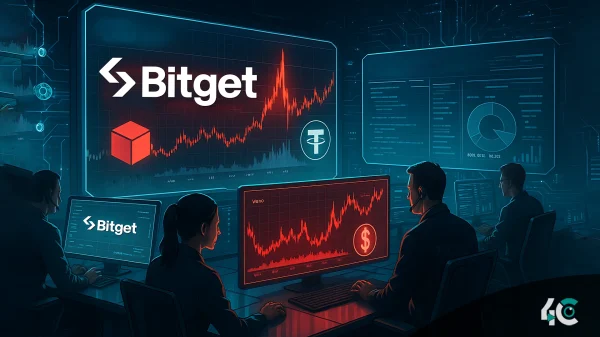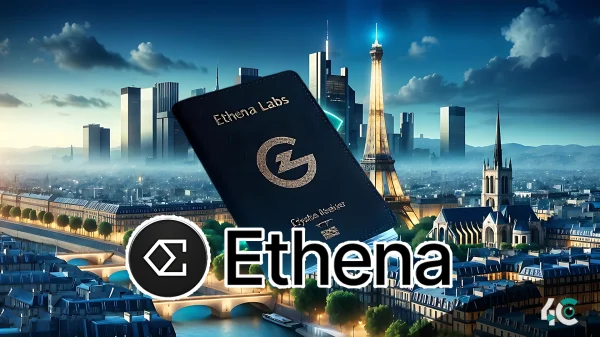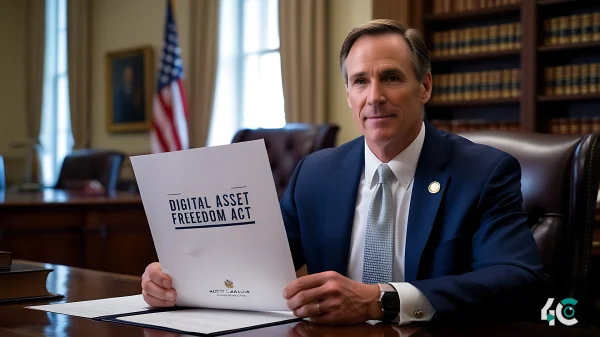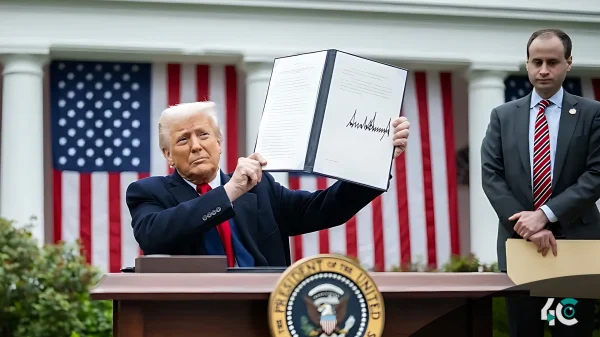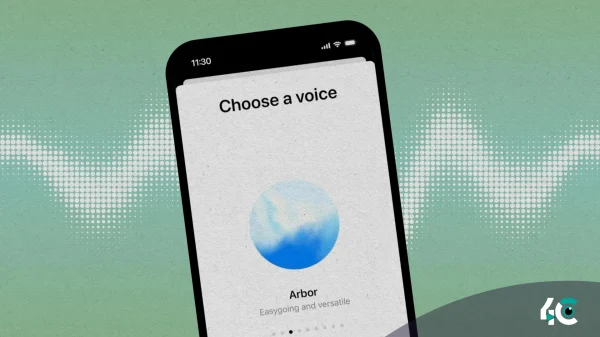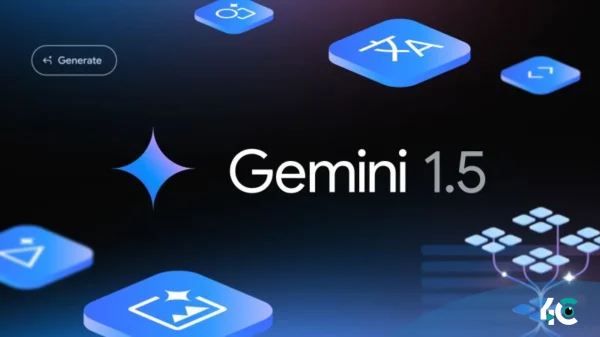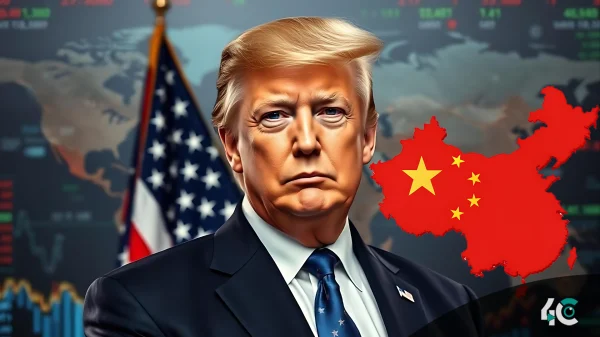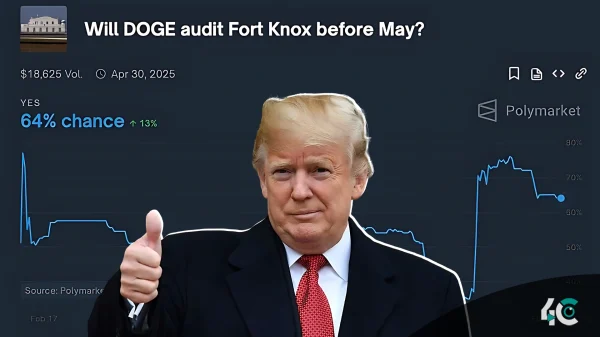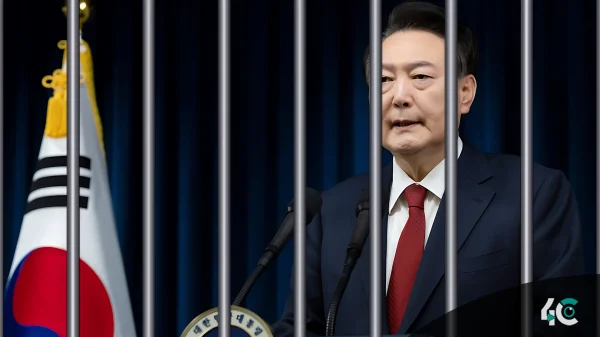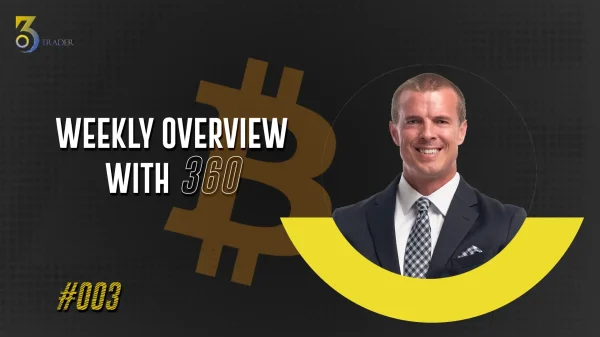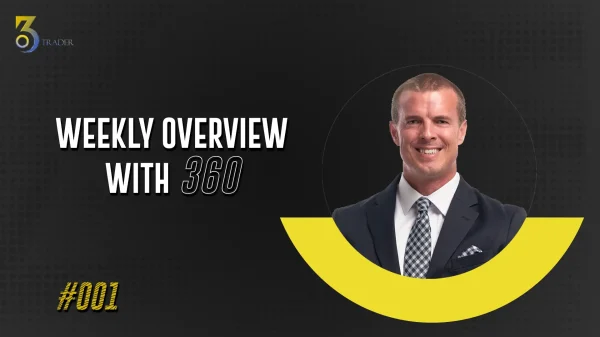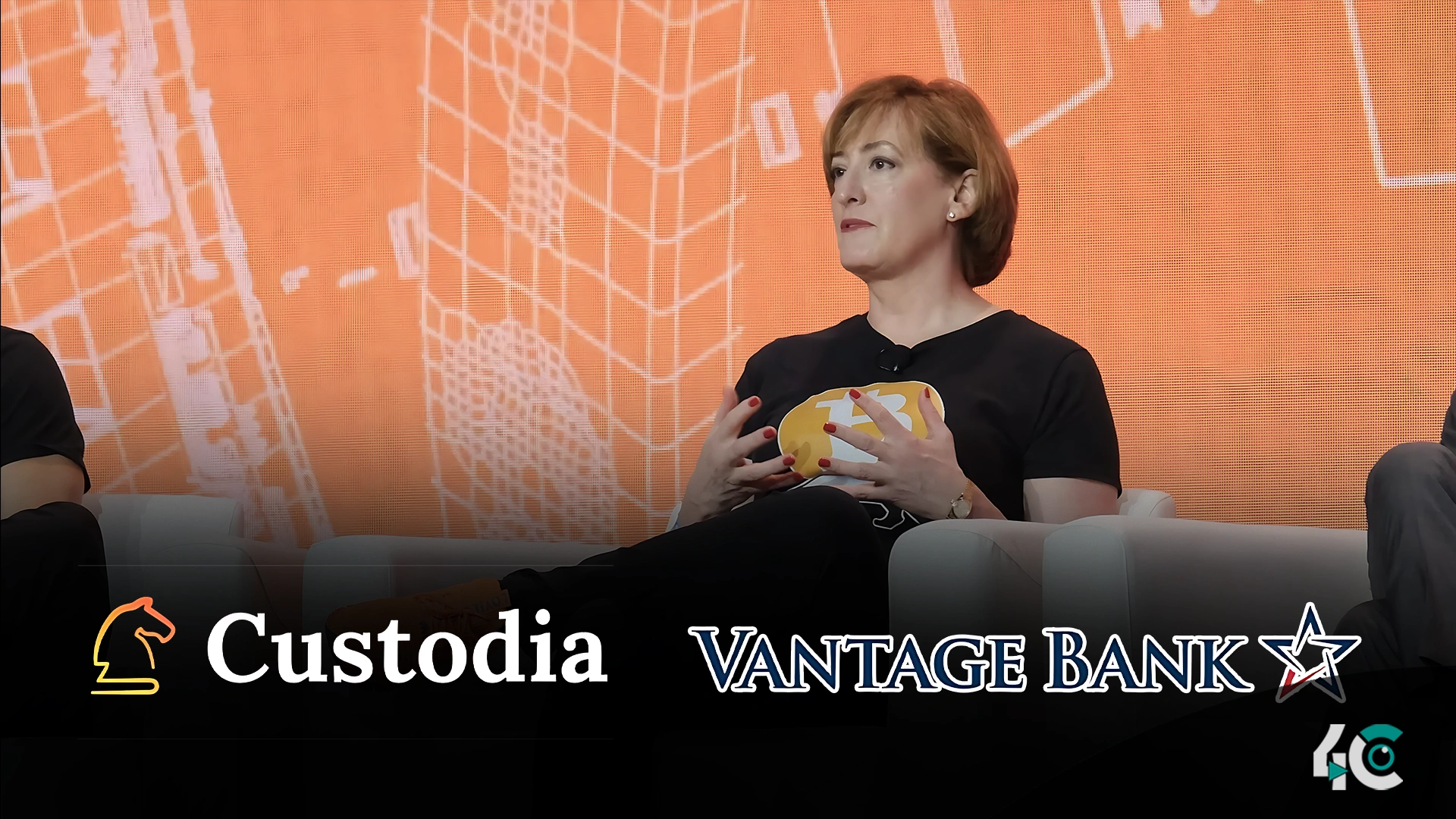In a big deal, Custodia Bank has teamed up with Vantage Bank to create what they say is the first-ever bank-created stablecoin on a free blockchain. The goal is to change how banks do business using blockchain technology, and that will change how digital transactions occur.
The project, which was revealed on March 25, allows for the tokenization of demand deposits in U.S. dollars to enable the issuance, transfer, and redemption of Avit stablecoins on the Ethereum blockchain through the ERC-20 standard. It creates a payment rail in the U.S. banking system for quicker payments.
According to the CEO of Custodia, Caitlin Long, the transaction achieves a regulatory milestone that proves that U.S. banks can legally tokenize deposits. She asserts that Avit embodies “real dollars” due to its one-to-one backing with demand deposits in contrast to synthetic stablecoins that rely on other mechanisms for value stability.
1/ WE TOOK TERRITORY by issuing the first bank-issued #stablecoin on a permissionless blockchain & it's not what you think. 🧵 below. The real impact is on #tradfi–yes, #crypto took regulatory territory, but #tradfi is the real story in what @custodiabank did w/ @Vantage_Bank. pic.twitter.com/0SueQTrErT
— Caitlin Long 🔑⚡️🟠 (@CaitlinLong_) March 25, 2025
Vantage Bank president and CEO Jeff Sinnott said the initiative is a paradigm shift for the financial service industry. It shows blockchain and stablecoin’s potential for payments. The partnership is a sign of the increased demands that banks are feeling for digital assets.
Custodia has strong connections to Bitcoin, yet the decision to build Avit on Ethereum is noteworthy. Fans of Ethereum were quick to praise the decision, pointing out that it is the first in stablecoins. Ethereum now boasts more than $125.8 billion in stablecoins, outperforming the rest.
The project is still undergoing testing, but it’s a crucial start for integrating blockchain into the traditional banking space. Both Custodia and Vantage Bank remain upbeat over future stablecoin adoption and regulatory developments that will further unlock innovations in the sector.
This partnership links traditional banking with modern blockchain solutions and also sets the new framework for such advanced work that the digital assets cover in day-to-day life transactions.



